Intro
Discover efficient Automated Sedimentation Rate Testing, enhancing erythrocyte sedimentation rate analysis with advanced laboratory equipment, improving diagnostic accuracy and workflow productivity in clinical settings.
The erythrocyte sedimentation rate (ESR) is a blood test that measures how quickly erythrocytes (red blood cells) settle at the bottom of a test tube containing a blood sample. It indirectly measures how much inflammation is in the body. The automated sedimentation rate testing has become a crucial tool in medical diagnostics, allowing for faster and more accurate results. In this article, we will delve into the world of automated sedimentation rate testing, exploring its importance, working mechanisms, benefits, and the impact it has on medical diagnostics.
The importance of sedimentation rate testing cannot be overstated. It is a vital tool used to diagnose and monitor various medical conditions, including inflammatory diseases, infections, and cancers. The test is also used to monitor the effectiveness of treatment and to detect potential complications. With the advent of automated sedimentation rate testing, medical professionals can now obtain accurate and reliable results quickly, enabling them to make informed decisions about patient care.
The traditional method of sedimentation rate testing involved manually measuring the rate at which erythrocytes settled in a test tube. This method was time-consuming, labor-intensive, and prone to errors. The introduction of automated sedimentation rate testing has revolutionized the field, offering a faster, more accurate, and more efficient way to perform the test. Automated systems use advanced technology to measure the sedimentation rate, eliminating the need for manual intervention and reducing the risk of human error.
Introduction to Automated Sedimentation Rate Testing
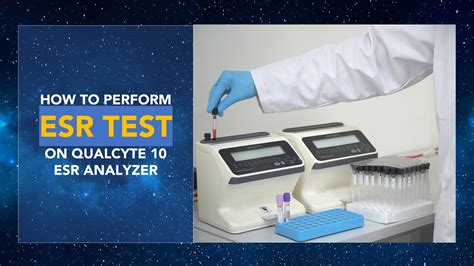
Working Mechanism of Automated Sedimentation Rate Testing
The working mechanism of automated sedimentation rate testing involves several steps. First, a blood sample is collected from the patient and placed in a test tube. The test tube is then inserted into the automated system, which uses a computer-controlled mechanism to measure the sedimentation rate. The system uses advanced algorithms to analyze the blood sample and calculate the sedimentation rate, taking into account various factors such as the hematocrit level and the presence of any interfering substances.Benefits of Automated Sedimentation Rate Testing
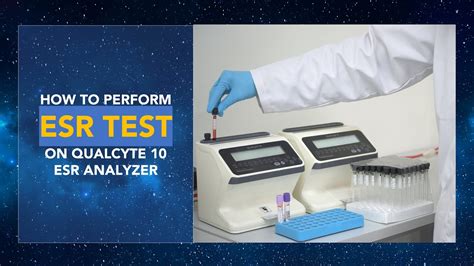
Steps Involved in Automated Sedimentation Rate Testing
The steps involved in automated sedimentation rate testing are straightforward. They include: 1. Blood sample collection: A blood sample is collected from the patient and placed in a test tube. 2. Test tube preparation: The test tube is prepared according to the manufacturer's instructions, which may include adding anticoagulants or other substances to the blood sample. 3. Loading the test tube: The test tube is loaded into the automated system, which uses a computer-controlled mechanism to measure the sedimentation rate. 4. Analysis: The automated system uses advanced algorithms to analyze the blood sample and calculate the sedimentation rate. 5. Result interpretation: The results are interpreted by medical professionals, who use the information to diagnose and monitor patient conditions.Applications of Automated Sedimentation Rate Testing
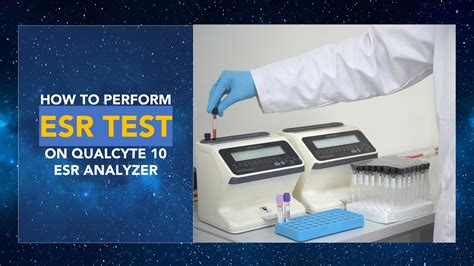
Practical Examples of Automated Sedimentation Rate Testing
Automated sedimentation rate testing has numerous practical applications in medical diagnostics. For example: * A patient presents with symptoms of rheumatoid arthritis, including joint pain and swelling. Automated sedimentation rate testing is used to diagnose the condition and monitor the effectiveness of treatment. * A patient is suspected of having a bacterial infection, such as pneumonia. Automated sedimentation rate testing is used to detect and monitor the infection, enabling medical professionals to provide timely interventions. * A patient is undergoing treatment for cancer, and automated sedimentation rate testing is used to monitor the effectiveness of treatment and detect potential complications.Advantages and Limitations of Automated Sedimentation Rate Testing
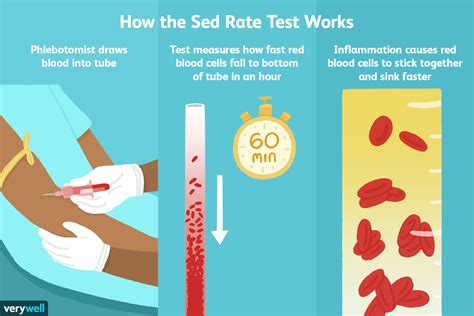
Future Developments in Automated Sedimentation Rate Testing
The future of automated sedimentation rate testing looks promising, with ongoing research and development aimed at improving the technology and expanding its applications. Some of the potential future developments include: * Point-of-care testing: The development of point-of-care testing devices that can perform automated sedimentation rate testing at the bedside or in remote locations. * Multi-parameter analysis: The development of automated systems that can analyze multiple parameters, including sedimentation rate, hematocrit, and other blood components. * Artificial intelligence: The integration of artificial intelligence and machine learning algorithms to improve the accuracy and efficiency of automated sedimentation rate testing.Conclusion and Recommendations
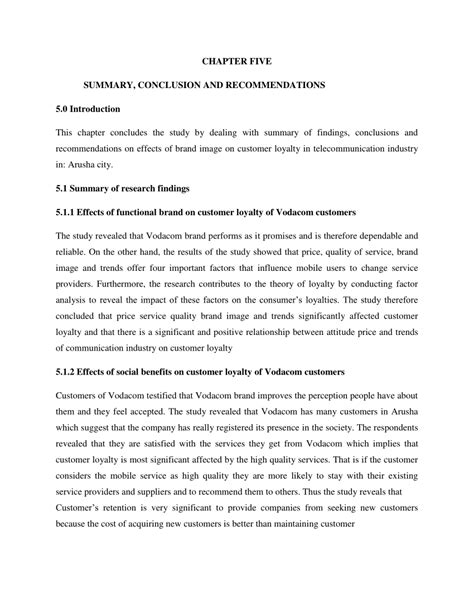
Final Thoughts
Automated sedimentation rate testing is an exciting technology that has the potential to revolutionize medical diagnostics. Its benefits are numerous, and its applications are diverse. As research and development continue to advance, we can expect to see even more innovative applications of automated sedimentation rate testing in the future.What is automated sedimentation rate testing?
+Automated sedimentation rate testing is a medical diagnostic test that measures the rate at which erythrocytes (red blood cells) settle in a blood sample.
What are the benefits of automated sedimentation rate testing?
+The benefits of automated sedimentation rate testing include faster results, improved accuracy, and increased efficiency.
What are the applications of automated sedimentation rate testing?
+Automated sedimentation rate testing has a wide range of applications, including inflammatory diseases, infections, and cancers.
What are the limitations of automated sedimentation rate testing?
+The limitations of automated sedimentation rate testing include high cost, maintenance requirements, and interfering substances.
What is the future of automated sedimentation rate testing?
+The future of automated sedimentation rate testing looks promising, with ongoing research and development aimed at improving the technology and expanding its applications.
We hope this article has provided you with a comprehensive understanding of automated sedimentation rate testing and its applications in medical diagnostics. If you have any questions or comments, please feel free to share them below. You can also share this article with others who may be interested in learning more about this topic. Additionally, you can take a quiz or complete a survey to test your knowledge and provide feedback on the article. Thank you for reading!
